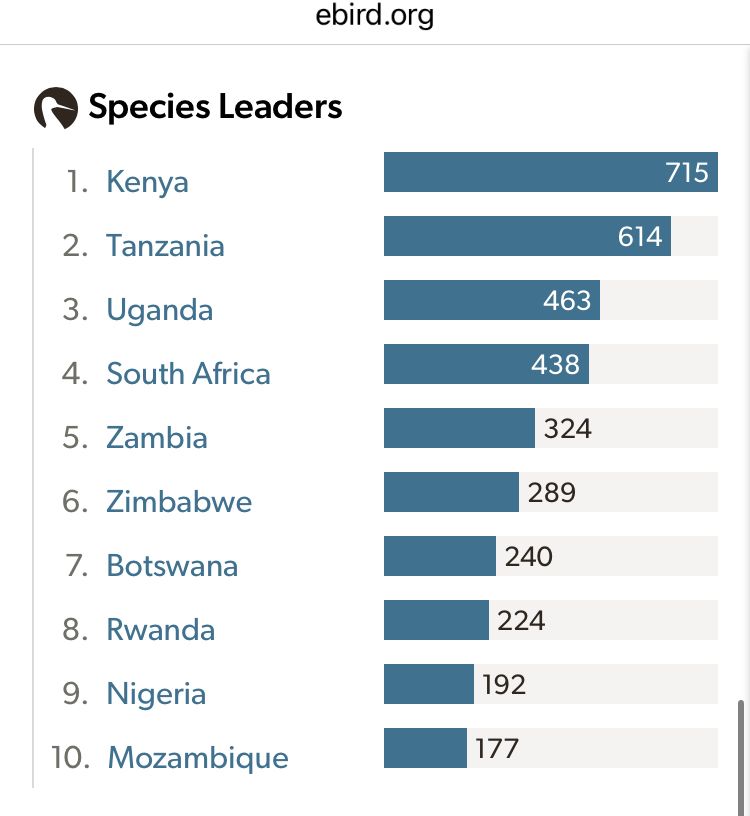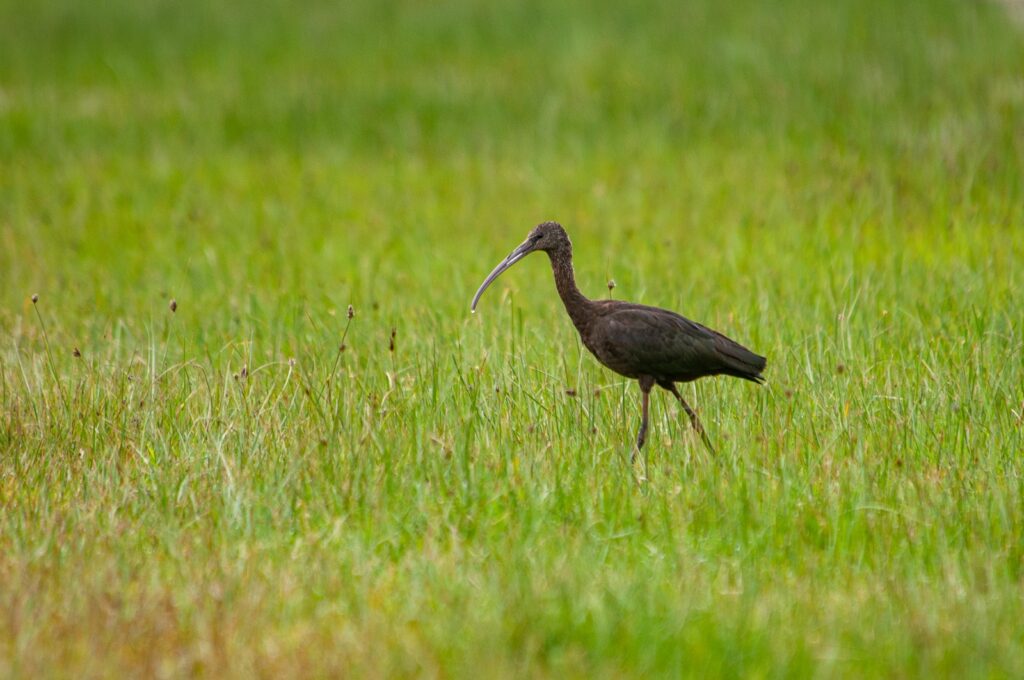Contact : +254 725 877 146
May 13, 2025 : Global Big Day 2025

Each year in the second week of May and the second week of October, bird lovers across continents unite for a single, global mission: to observe and record as many bird species as possible in 24 hours. This remarkable event, Global Big Day, returned on May 13, 2025, and once again, Kenya shone brightly as one of the world’s premier birding destinations.
Organized by the Cornell Lab of Ornithology, Global Big Day celebrated the diversity, beauty, and ecological importance of birds. Through the free citizen science platform eBird, participants from every corner of the globe submitted checklists of their bird sightings, contributing to one of the largest biodiversity datasets in the world. In 2024, over 63,000 people submitted more than 156,000 checklists. This year, Kenyan birders both novice and expert helped break new records with their incredible contributions.
Why Kenya?
Kenya is a birding paradise. With over 1,100 bird species, the country offered everything from the iconic Lilac-breasted Roller to the near-mythical Sharpe’s Longclaw. Its diverse ecosystems from coastal mangroves and freshwater lakes to highland forests and dry savannahs provided habitat for an extraordinary range of birds, including many migratory species.
Located along the East Africa flyway, a crucial migration route for millions of birds traveling between Europe, Asia, and Southern Africa, Kenya became a vital observation point. Global Big Day aligned with the spring migration peak, offering a unique opportunity to record both resident and migratory birds. Sites like Lake Nakuru, Kakamega Forest, Arabuko Sokoke, and Ngong Hills turned into birdwatching hotspots, teeming with life and song.
Getting Involved Was Easy
From bustling cities to quiet rural villages and Kenya’s many national parks, people across the country joined Global Big Day. Participation required just:
- Ten minutes of birdwatching
- A free eBird account at ebird.org
- Logging sightings through the eBird app or website on May 13
Birders joined solo, with friends, or as part of local birding clubs. Many schools and youth groups took part, turning the day into a fun and educational outdoor learning experience.
The Power of Participation
Every observation helped scientists better understand global bird populations, track migration patterns, and detect shifts linked to climate change, habitat loss, and pollution. In Kenya, where some species face pressure from urban expansion and deforestation, Global Big Day served as more than a celebration—it became a call to action. The more we know about our birds, the better we can protect them.
A Day of Connection and Celebration
Global Big Day also built community. On social media, the hashtag #GlobalBigDay connected birders in real time, showcasing stunning photographs, rare finds, and personal stories. Local organizations like Nature Kenya and Friends of Nairobi National Park hosted group walks, photography contests, and virtual meetups to mark the day.
Whether it was a Secretarybird striding through the savannah, a Malachite Kingfisher by the riverside, or a flock of Flamingoes taking flight, every sighting mattered.
One Feather at a Time
On May 13, Kenyans stepped outside, looked up, and listened. Their observations told stories of beauty, of biodiversity, of resilience. By participating in Global Big Day 2025, they helped write a new chapter in the global narrative of nature, science, and shared wonder.
Kenya’s birds were counted, celebrated, and most importantly heard.

